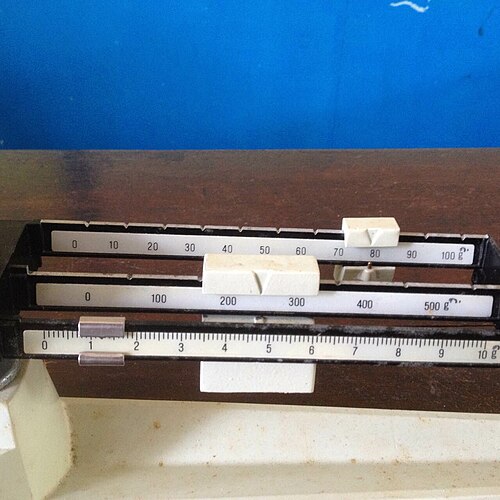Mohs scale of rock hardness
Mohs Scale Of Rock Hardness. The mineral hardness scale of mohs is based on the ability of one natural mineral sample to visibly scratch another mineral. Purchase a set of hardness picks to help you find the hardness of your materials. It can be scratched by all other materials. According to the scale talc is the softest.
 Home Rocks Minerals Libguides At Com Library From libguides.com.edu
Home Rocks Minerals Libguides At Com Library From libguides.com.edu
According to the scale talc is the softest. Devised by german mineralogist friedrich moh in 1812 this scale grades minerals on a scale from 1 very soft to 10 very hard. Seven days for a hardness of seven the standard rock tumbling instructions were written for materials that have a mohs hardness of about seven. The mineral hardness scale of mohs is based on the ability of one natural mineral sample to visibly scratch another mineral. The scale primarily gauges the hardness of music in genres that are usually perceived by many as having a quality of hardness or softness and is named as such because rock and metal music are the two genres that exemplified and defined musical hardness. Steps for performing the mohs hardness test.
All different minerals are the samples of matter used by mohs.
Seven days for a hardness of seven the standard rock tumbling instructions were written for materials that have a mohs hardness of about seven. Purchase a set of hardness picks to help you find the hardness of your materials. Rocks consist of one or more minerals. Rocks are made up of one or more minerals. He selected ten minerals of distinctly different hardness that ranged from a very soft mineral talc to a very hard mineral diamond. Created in 1812 by german geologist and mineralogist friedrich mohs it is one of several definitions of hardness in materials science some of which are more quantitative.
 Source: linkinternational.blogspot.com
Source: linkinternational.blogspot.com
Minerals are naturally found pure substances. All different minerals are the samples of matter used by mohs. Minerals are naturally found pure substances. Mohs scale is ordered by hardness determined by which minerals can scratch other minerals. Rocks are made up of one or more minerals.
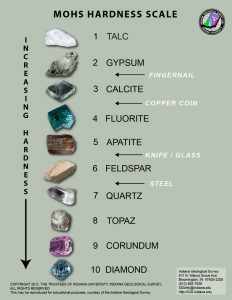 Source: geologypage.com
Source: geologypage.com
The moh s mohs scale of hardness is the most common method used to rank gemstones and minerals according to hardness. All different minerals are the samples of matter used by mohs. The scale primarily gauges the hardness of music in genres that are usually perceived by many as having a quality of hardness or softness and is named as such because rock and metal music are the two genres that exemplified and defined musical hardness. Friedrich mohs a german mineralogist developed the scale in 1812. Created in 1812 by german geologist and mineralogist friedrich mohs it is one of several definitions of hardness in materials science some of which are more quantitative.
 Source: rocksandminerals.com
Source: rocksandminerals.com
Devised by german mineralogist friedrich moh in 1812 this scale grades minerals on a scale from 1 very soft to 10 very hard. With the exception of diamond the minerals are all relatively common and easy or inexpensive to obtain. Mohs hardness scale used to measure the relative hardness of a mineral by its resistance to scratching density specific gravity density an important property of matter specific gravity related measure to describe the density of materials is a number representing the ratio of a mineral s weight to the weight of an equal volume of water other properties of minerals 1. The mineral hardness scale. According to the scale talc is the softest.
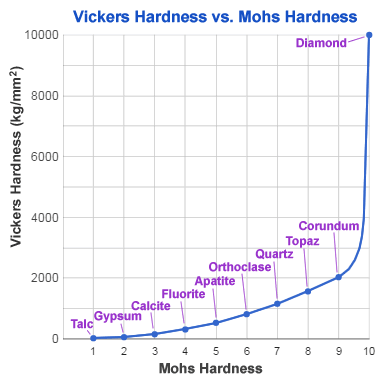 Source: geology.com
Source: geology.com
Mohs scale is ordered by hardness determined by which minerals can scratch other minerals. The moh s mohs scale of hardness is the most common method used to rank gemstones and minerals according to hardness. Rocks are made up of one or more minerals. The hardness scale developed by friedrich mohs is still in widespread use today and is known as the mohs hardness scale. Mohs scale of mineral hardness is named after friedrich mohs a mineralogist.
 Source: libguides.com.edu
Source: libguides.com.edu
Rocks are made up of one or more minerals. Seven days for a hardness of seven the standard rock tumbling instructions were written for materials that have a mohs hardness of about seven. Minerals are naturally found pure substances. Devised by german mineralogist friedrich moh in 1812 this scale grades minerals on a scale from 1 very soft to 10 very hard. Rocks are made up of one or more minerals.
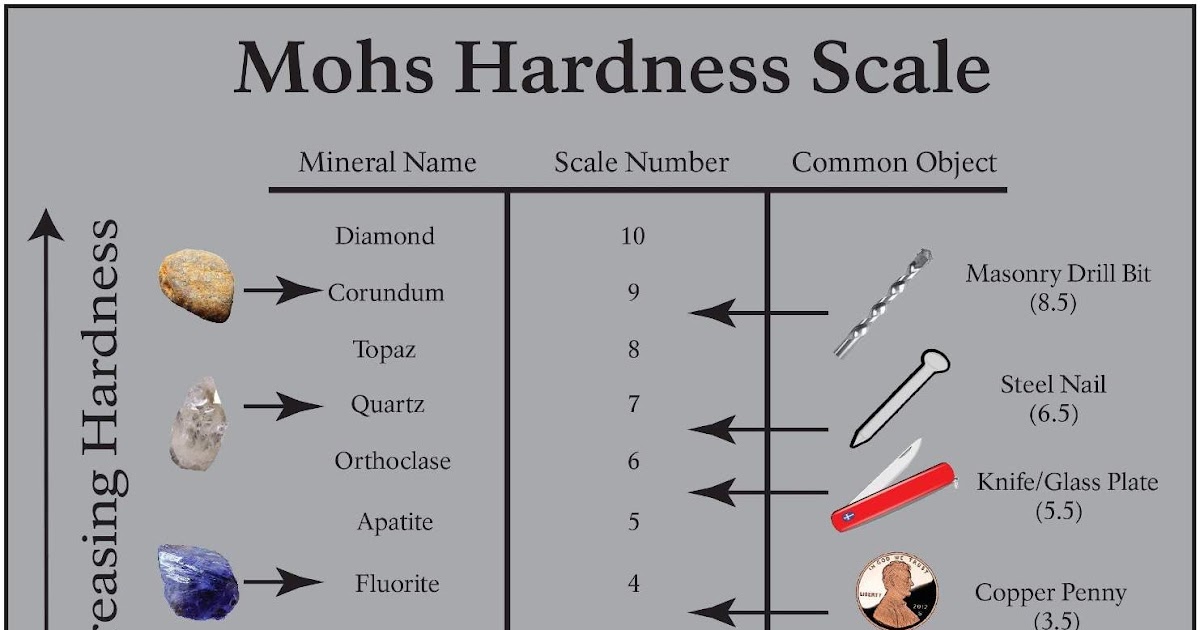 Source: geologyin.com
Source: geologyin.com
Minerals are naturally found pure substances. It can be scratched by all other materials. The hardness scale developed by friedrich mohs is still in widespread use today and is known as the mohs hardness scale. Created in 1812 by german geologist and mineralogist friedrich mohs it is one of several definitions of hardness in materials science some of which are more quantitative. According to the scale talc is the softest.
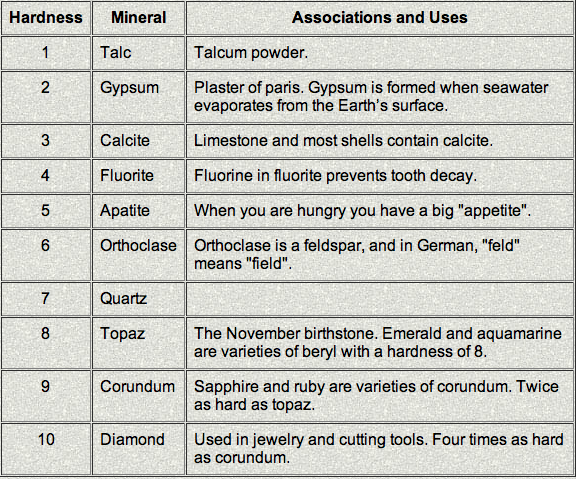 Source: rockingnrolling.weebly.com
Source: rockingnrolling.weebly.com
The scale primarily gauges the hardness of music in genres that are usually perceived by many as having a quality of hardness or softness and is named as such because rock and metal music are the two genres that exemplified and defined musical hardness. The moh s mohs scale of hardness is the most common method used to rank gemstones and minerals according to hardness. Mohs hardness scale used to measure the relative hardness of a mineral by its resistance to scratching density specific gravity density an important property of matter specific gravity related measure to describe the density of materials is a number representing the ratio of a mineral s weight to the weight of an equal volume of water other properties of minerals 1. The mineral hardness scale of mohs is based on the ability of one natural mineral sample to visibly scratch another mineral. With the exception of diamond the minerals are all relatively common and easy or inexpensive to obtain.
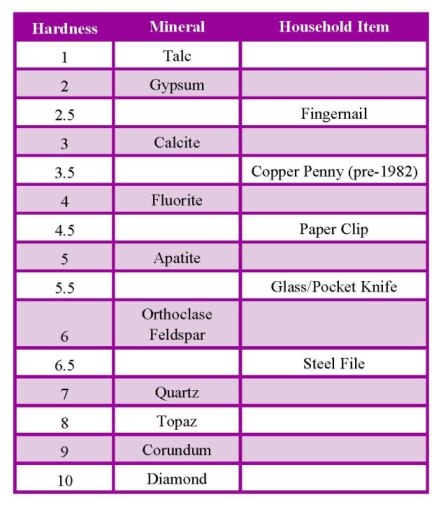 Source: minimegeology.com
Source: minimegeology.com
Friedrich mohs a german mineralogist developed the scale in 1812. The mineral hardness scale of mohs is based on the ability of one natural mineral sample to visibly scratch another mineral. Rocks consist of one or more minerals. The hardness scale developed by friedrich mohs is still in widespread use today and is known as the mohs hardness scale. The mineral hardness scale.
 Source: pinterest.com
Source: pinterest.com
Rocks are made up of one or more minerals. Devised by german mineralogist friedrich moh in 1812 this scale grades minerals on a scale from 1 very soft to 10 very hard. The mineral hardness scale of mohs is based on the ability of one natural mineral sample to visibly scratch another mineral. Minerals are naturally found pure substances. The moh s mohs scale of hardness is the most common method used to rank gemstones and minerals according to hardness.
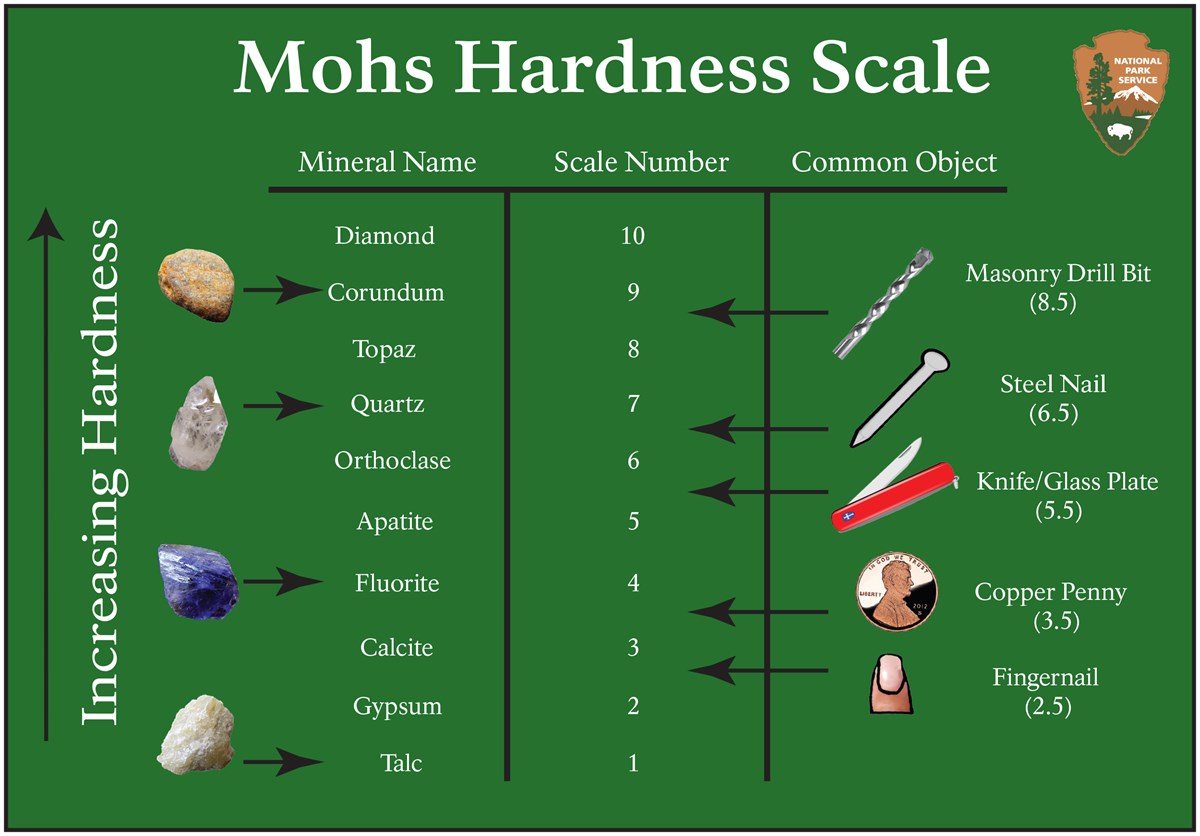 Source: nps.gov
Source: nps.gov
The scale primarily gauges the hardness of music in genres that are usually perceived by many as having a quality of hardness or softness and is named as such because rock and metal music are the two genres that exemplified and defined musical hardness. The mohs scale of mineral hardness m oʊ z is a qualitative ordinal scale characterizing scratch resistance of various minerals through the ability of harder material to scratch softer material. All different minerals are the samples of matter used by mohs. Steps for performing the mohs hardness test. Rocks are made up of one or more minerals.
 Source: en.ppt-online.org
Source: en.ppt-online.org
Devised by german mineralogist friedrich moh in 1812 this scale grades minerals on a scale from 1 very soft to 10 very hard. It can be scratched by all other materials. Rocks are made up of one or more minerals. All different minerals are the samples of matter used by mohs. Mohs hardness scale used to measure the relative hardness of a mineral by its resistance to scratching density specific gravity density an important property of matter specific gravity related measure to describe the density of materials is a number representing the ratio of a mineral s weight to the weight of an equal volume of water other properties of minerals 1.
 Source: northseattlerockclub.org
Source: northseattlerockclub.org
Devised by german mineralogist friedrich moh in 1812 this scale grades minerals on a scale from 1 very soft to 10 very hard. Try to scratch this surface with the point of an object of known hardness by pressing it firmly into and across your test specimen for example you could try to scratch the surface with the point on a crystal of quartz hardness of 9 the tip of a steel file hardness about 7 the point of a. Mohs hardness scale used to measure the relative hardness of a mineral by its resistance to scratching density specific gravity density an important property of matter specific gravity related measure to describe the density of materials is a number representing the ratio of a mineral s weight to the weight of an equal volume of water other properties of minerals 1. The mineral hardness scale. It can be scratched by all other materials.
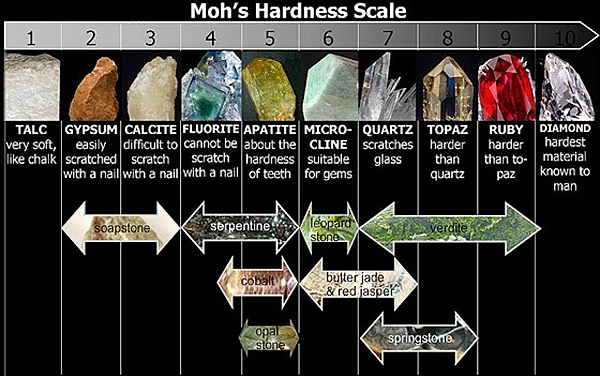 Source: sierrapelona.com
Source: sierrapelona.com
Friedrich mohs a german mineralogist developed the scale in 1812. Seven days for a hardness of seven the standard rock tumbling instructions were written for materials that have a mohs hardness of about seven. Minerals are naturally found pure substances. The mineral hardness scale. It can be scratched by all other materials.
 Source: ashrocksscience.weebly.com
Source: ashrocksscience.weebly.com
The mohs scale of mineral hardness m oʊ z is a qualitative ordinal scale characterizing scratch resistance of various minerals through the ability of harder material to scratch softer material. The mineral hardness scale. Created in 1812 by german geologist and mineralogist friedrich mohs it is one of several definitions of hardness in materials science some of which are more quantitative. Mohs scale of mineral hardness is named after friedrich mohs a mineralogist. Purchase a set of hardness picks to help you find the hardness of your materials.
 Source: pinterest.com
Source: pinterest.com
Mohs scale of mineral hardness is named after friedrich mohs a mineralogist. It can be scratched by all other materials. Friedrich mohs a german mineralogist developed the scale in 1812. The moh s mohs scale of hardness is the most common method used to rank gemstones and minerals according to hardness. Mohs scale of mineral hardness is named after friedrich mohs a mineralogist.
If you find this site convienient, please support us by sharing this posts to your own social media accounts like Facebook, Instagram and so on or you can also save this blog page with the title mohs scale of rock hardness by using Ctrl + D for devices a laptop with a Windows operating system or Command + D for laptops with an Apple operating system. If you use a smartphone, you can also use the drawer menu of the browser you are using. Whether it’s a Windows, Mac, iOS or Android operating system, you will still be able to bookmark this website.


